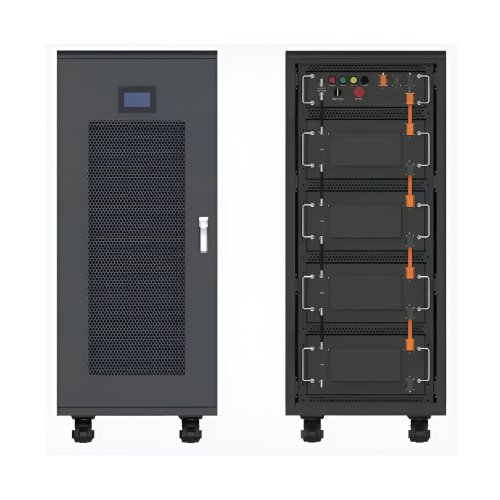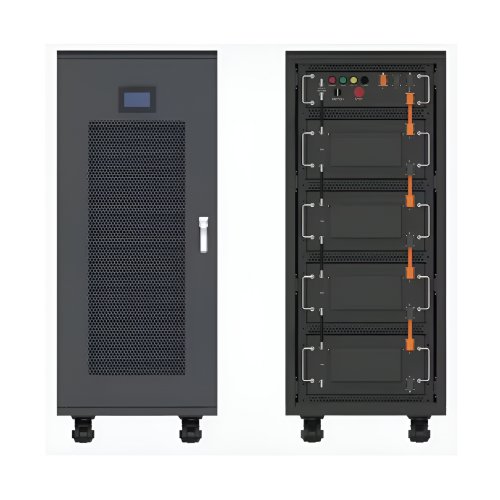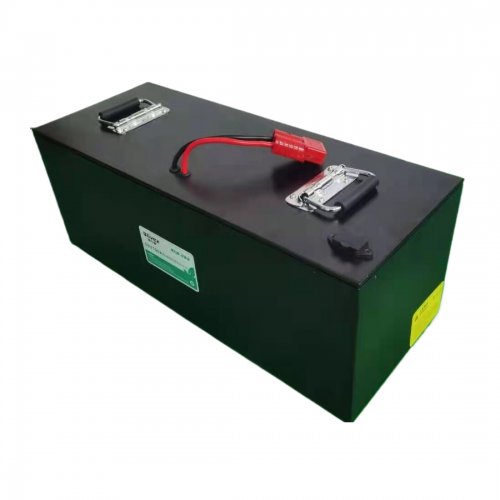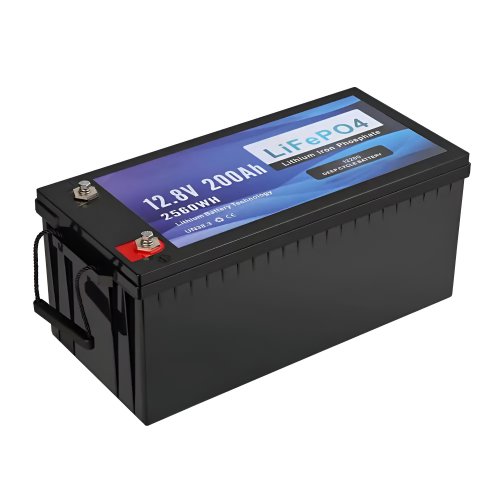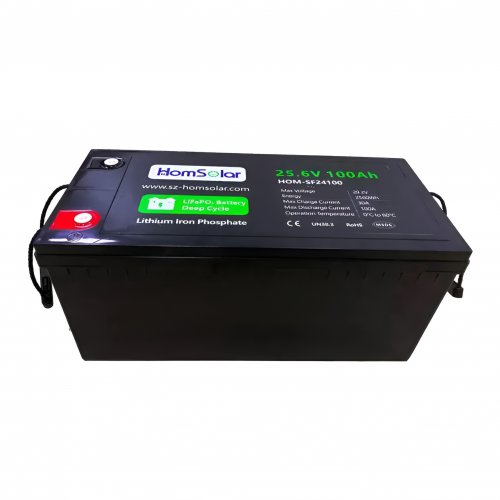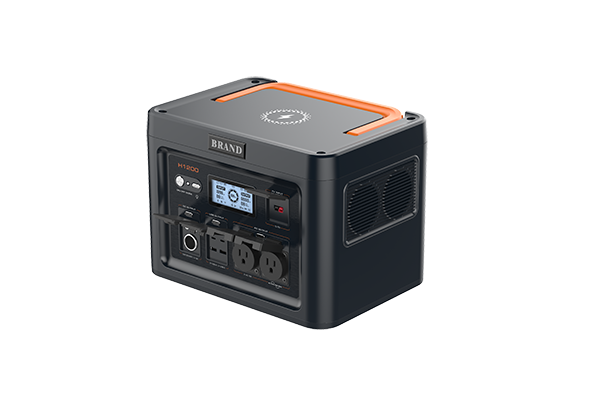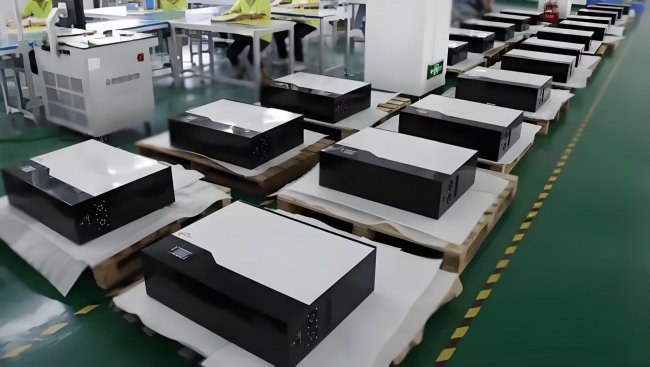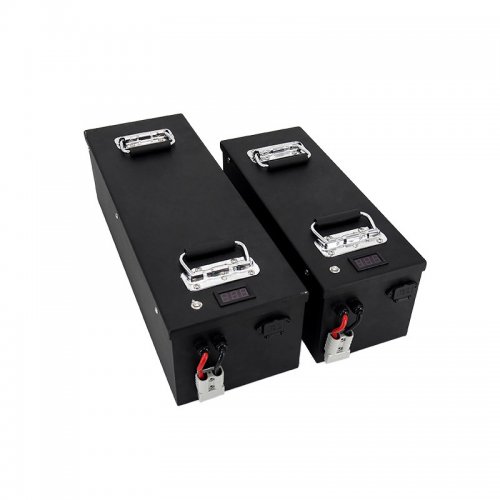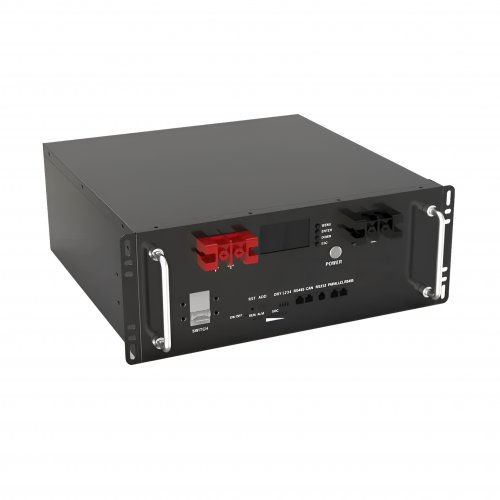Advances In In-situ Characterization: Unveiling Dynamic Processes At Atomic And Molecular Scales
In-situ characterization has emerged as a transformative approach in materials science, chemistry, and biology, enabling real-time observation of dynamic processes under operational conditions. By eliminating the limitations of ex-situ techniques, in-situ methods provide unprecedented insights into structural, electronic, and chemical transformations at atomic and molecular scales. Recent advancements in microscopy, spectroscopy, and synchrotron-based techniques have further expanded the frontiers of in-situ characterization, offering new opportunities to study catalysis, energy storage, and biological systems. This article highlights key breakthroughs, technological innovations, and future directions in this rapidly evolving field.
Moreover, the integration of environmental TEM (ETEM) with gas and liquid cells has enabled the study of materials in reactive environments. For example, Li et al. (2022) utilized ETEM to investigate the degradation mechanisms of lithium-ion battery electrodes, providing a deeper understanding of failure modes and guiding the development of longer-lasting batteries.
Similarly, surface-enhanced Raman spectroscopy (SERS) has enabled the detection of trace molecules at interfaces. Recent work by Chen et al. (2023) demonstrated the use of in-situ SERS to monitor electrochemical reactions at single-nanoparticle resolution, offering new perspectives on reaction kinetics.
Meanwhile, in-situ SAXS has been applied to study soft matter and biomolecular assemblies. A recent breakthrough by Müller et al. (2023) revealed the self-assembly of block copolymers in real time, paving the way for tailored nanostructured materials.
The future of in-situ characterization lies in pushing spatial and temporal resolutions to new limits. Emerging techniques, such as ultrafast electron microscopy and coherent X-ray imaging, promise to capture processes occurring at femtosecond timescales. Additionally, the incorporation of quantum sensors could enable non-invasive measurements under extreme conditions.
Another promising direction is the application of in-situ methods to biological systems. For instance, cryo-electron tomography (cryo-ET) combined with in-situ freezing techniques may reveal cellular processes in native environments (Weissenberger et al., 2023).
In-situ characterization has revolutionized our ability to probe dynamic processes across diverse fields. With continuous advancements in instrumentation and data analysis, the technique will remain indispensable for unraveling fundamental mechanisms and guiding material design. As researchers tackle increasingly complex systems, interdisciplinary collaborations will be key to unlocking the full potential of in-situ approaches.
(
Customized/OEM/ODM Service
HomSolar Supports Lifepo4 battery pack customization/OEM/ODM service, welcome to contact us and tell us your needs.


HomSolar: Your One-stop LiFePO4 Battery Pack & ESS Solution Manufacturer
Our line of LiFePO4 (LFP) batteries offer a solution to demanding applications that require a lighter weight, longer life, and higher capacity battery. Features include advanced battery management systems (BMS), Bluetooth® communication and active intelligent monitoring.

Customised Lithium Iron Phosphate Battery Casing
ABS plastic housing, aluminium housing, stainless steel housing and iron housing are available, and can also be designed and customised according to your needs.

HomSolar Smart BMS
Intelligent Battery Management System for HomSolar Energy Storage System. Bluetooth, temperature sensor, LCD display, CAN interface, UART interface also available.


Terminals & Plugs Can Be Customized
A wide range of terminals and plugs can be customised to suit the application needs of your battery products.

Well-designed Solutions for Energy Storage Systems
We will design the perfect energy storage system solution according to your needs, so that you can easily solve the specific industry applications of battery products.



About Our Battery Cells
Our energy storage system products use brand new grade A LiFePO4 cells with a battery lifespan of more than 4,000 charge/discharge cycles.



Applications in Different Industries
We supply customized & OEM battery pack, assemble cells with wiring, fuse and plastic cover, all the cell wires connected to PCB plug or built BMS.
Applications: E-bike, Electric Scooter, Golf Carts, RV, Electric Wheelchair, Electric Tools, Robot Cleaner, Robot Sweeper, Solar Energy Storage System, Emergency Light, Solar Power Light, Medical Equipment, UPS Backup Power Supply.
We can provide you with customized services. We have the ability to provide a vertical supply chain, from single cells to pack/module and to a complete power solution with BMS, etc.


HomSolar (Shenzhen) Technology Co., Ltd







